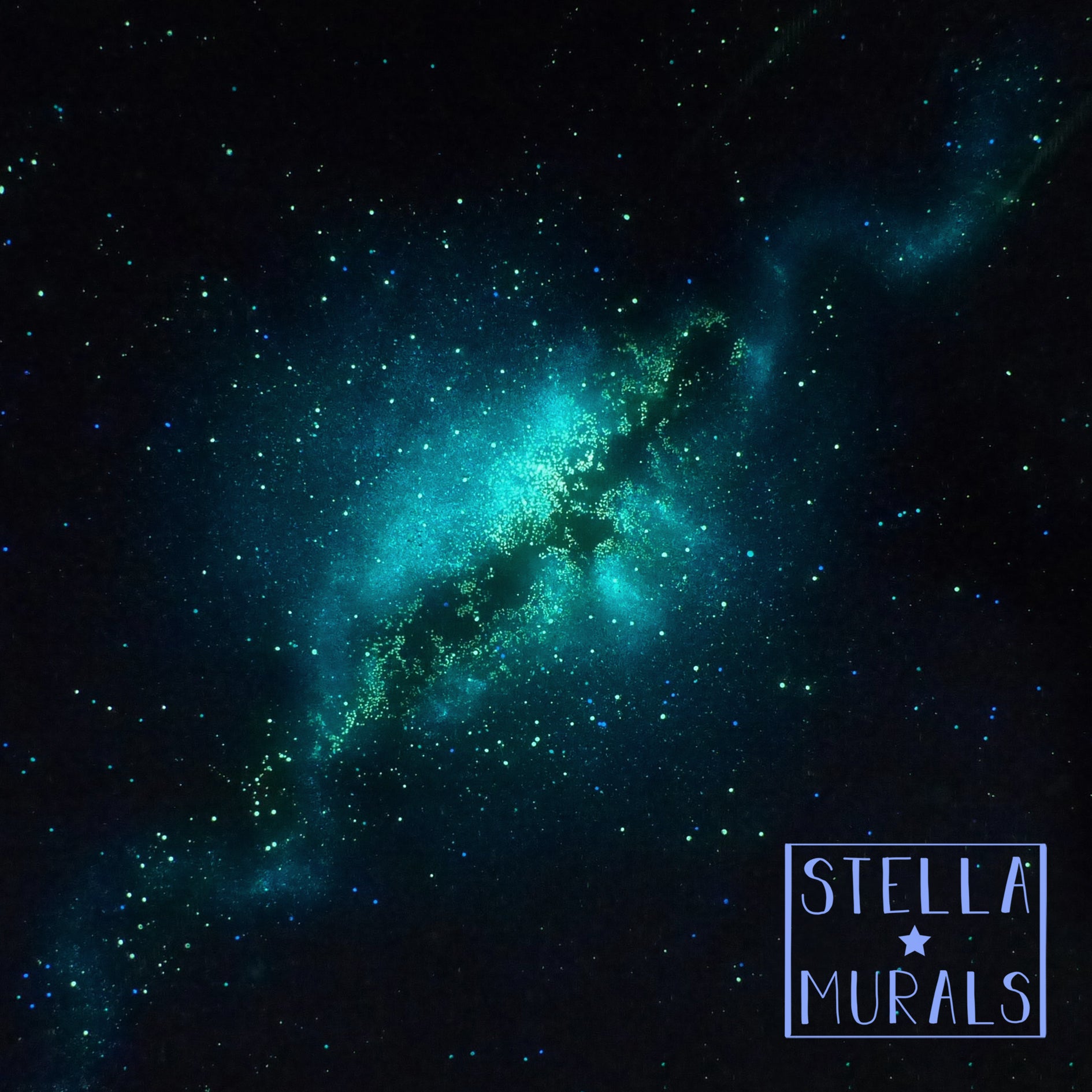
The Milky Way
The home of our Solar System is known as the Milky Way. It is a barred spiral galaxy made from a huge collection of stars, dust and gas. When viewed from earth, the Milky Way appears in the night sky as a diffuse band of light. The billions of stars that form the galaxy seem to melt together to form a hazy glow.
The term "Milky Way" finds its roots in the Latin "via lactea" and the Greek "galaxías kýklos," both translating to "milky circle.”

Our solar system is situated in one of the Milky Way's spiral arms, called the Orion Arm or Local Arm, about 27,000 light-years from the galactic center.
At the heart of the galaxy resides the supermassive black hole known as Sagittarius A. This cosmic giant has a mass of approximately 4 million times that of the sun and spans a diameter of about 14.6 million miles (23.6 million kilometers). There are estimated another 10 million to 1 billion stellar black holes in the Milky Way. Our sun in the galaxy is one of over 200 billion stars and there are an estimated 100 billion planets.
In our night sky, the centre of the galaxy can be seen between the constellations of Sagittarius and Scorpius.

On average, the Milky Way makes about seven new stars a year. Stellar nurseries within the spiral arms are particularly active areas where the birth of new baby stars is more common.
A supernova explosion occurs approximately every 200 years in the galaxy marking the dramatic end of a star's life.
Enveloping the disk of the Milky Way is a vast region known as the galactic halo. Unlike the spiral arms that define the galaxy's visible structure, the halo extends far beyond. Composed of sparse stars, globular clusters, and mysterious dark matter, the halo remains largely unseen to the naked eye. Dark matter, an invisible and enigmatic substance, is believed to play a role in shaping the gravitational landscape of the halo, contributing to the stability of the entire Milky Way. While the halo's stars are less concentrated than those within the galactic disk, they contribute to the overall gravitational forces that bind the galaxy together.
The Milky Way is not a perfectly flat disk. Spanning about 120,000 light years across, the galaxy includes a central bulge with a diameter of approximately 12,000 light years. This disk is also warped, and the reason lies in the gravitational influence of neighbouring galaxies, the Large and Small Magellanic Clouds. The gravitational interplay between these neighbouring galaxies and the Milky Way resembles a cosmic tug-of-war, causing a distortion in the shape of the galaxy's disk.
An interesting future event is predicted to take place between the Milky Way and Andromeda, another galaxy beyond the Milky Way. Given the current trajectories of both galaxies the Milky Way and Andromeda are on a collision course. Traveling towards each other at a speed of 250,000 miles an hour, these two spiral galaxies are anticipated to collide in 5 billion years!
So while taking a photo of the real Milky Way is impossible at present, you can find my glow in the dark version to enjoy on your bedroom wall at nights. You can also make your own Milky Way Inspired star trail on the wall or ceiling. Use the realistic star stickers and make a winding trail of light to mimic the milky glow we see in the night sky.

The brightness of the Milky Way is more intense in the Southern Hemisphere because the galaxy's central region is located in the southern celestial hemisphere. The Milky Way's central area, where stars are densely packed, is more prominent. As a result, in New Zealand we have a clearer line of sight to the heart of the Milky Way, allowing us to see more of its densely populated and luminous core.
The Southern Hemisphere also has fewer sources of light pollution compared to densely populated regions in the Northern Hemisphere. Reduced light pollution enhances visibility of stars in the night sky, making the Milky Way more vivid.
In the week following the Christchurch February 2011 earthquake, not only was the central city deserted, there were power outages for most areas. About 70,000 people left their homes because of damage or stress, it took about a week for power to be restored.
It was during that week I remember looking up at the sky and seeing the Milky Way brighter than any time I had seen it over Christchurch. That was the first time I started to take an interest in the night sky, I thought wouldn’t it be great to be able to recognise all of the constellations?
Quick links
About Stella Murals
Stella Murals is an Australian based glow in the dark art studio. Started in 2011, owned and operated exclusively by artist Esther Iranyi.

Leave a comment: